
What are Battery 16 CFR 1263/UL4200A?
On September 11, 2023, the U.S. Consumer Product Safety Commission voted to approve the ANSI/UL 4200a-2023 safety standard for products containing button batteries or coin cells, agreeing to use it as the safety standard for consumer products containing button batteries or coin cells mentioned in Part 1263 of Title 16 of the CFR, and to adopt the performance and labeling requirements therein. This decision emphasizes the importance of UL 4200A in implementing Reese’s Law and enhancing the safety of button batteries. This regulation will be enforced starting March 19, 2024. (This can be understood as the button battery regulation 16 CFR 1263 adopting ul 4200a-2023 as the testing standard.)
Note! 16 CFR 1263 becomes effective on October 23, 2023. However, given the limited detection capabilities at this stage and to avoid difficulties, the Consumer Product Safety Commission has granted a 180-day discretionary enforcement transition period from September 21, 2023, to March 19, 2024. At the same time, the CPSC issued another rule, which adds warning labels to the packaging of button batteries or coin cells in 16 cfr part 1263, including separately packaged batteries. This was previously discussed in an article by Huashang Testing, covering Amazon button battery ANSI C18.3M battery safety and 16 CFR Part 1700.15 packaging certification requirements (customers with separately packaged or individually sold button batteries can learn more). This final rule will take effect on September 21, 2024. This is also why many customers have recently had their listings removed by Amazon for review.
Scope:
Includes consumer products that use one or more button batteries or coin cells, whether these batteries are intended to be replaced by consumers or are included with the product or sold separately. (Separate sales have other requirements)
Exemptions from this scope:
- Toy products that comply with the battery accessibility and labeling requirements in 16 CFR 1250;
- Button batteries or coin cells that the Consumer Product Safety Commission has determined do not pose an ingestion hazard, such as zinc-air button batteries or coin cells.
ansi/ul 4200a-2023 Requirements for Consumer Products Containing Button Batteries or Coin Cells:
- The battery compartment containing replaceable button batteries or coin cells must be secured so that they require tools or at least two independent and simultaneous actions to open. Button batteries or coin cells must not be accessible to children through normal use or abuse tests. The product packaging must carry warning labels. If applicable, the product itself must carry warning labels. The accompanying instruction manual must include all applicable warnings.
16 CFR 1263 includes warning label requirements for the packaging of button batteries or coin cells, including button batteries or coin cells packaged separately from consumer products:
Instruction Manual Warning Requirements:
Instruction manuals and guides (if any) should include all applicable markings from Figure 7B.1 or Figure 7B.2 and the following instructions:
a) A statement to "remove and immediately recycle or dispose of used batteries according to local regulations, away from children. Do not dispose of batteries in household trash or burn them."
b) A statement that "even used batteries may cause severe injury or death."
c) A statement to "call your local poison control center for treatment information."
d) A statement indicating the compatible battery types (e.g., LR44, CR2032).
e) A statement indicating the nominal voltage of the batteries.
f) A statement that "non-rechargeable batteries must not be recharged."
g) A statement to "not force discharge, recharge, disassemble, heat above (manufacturer-specified rated temperature), or incinerate. Doing so may cause injury due to venting, leakage, or explosion, resulting in chemical burns."
Products with replaceable button/coin cells should also include:
a) A statement to "ensure batteries are installed correctly according to polarity (+ and -)."
b) A statement to "not mix new and old batteries, different brands, or types of batteries such as alkaline, carbon-zinc, or rechargeable batteries."
c) A statement to "remove and immediately recycle or dispose of batteries from devices that will not be used for an extended period according to local regulations."
d) A statement to "always fully secure the battery compartment. If the battery compartment does not close securely, stop using the product, remove the batteries, and keep them away from children."
Products with non-replaceable button/coin cells should also include a statement indicating that the product contains non-replaceable batteries.
ANSI/UL 4200A Standards to Prevent Ingestion or Inhalation of Button/Coin Batteries by Children:





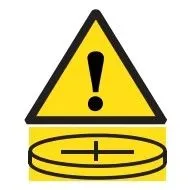
Structural Inspection
1.1 Child-resistant compartment requirements:
- For products with replaceable batteries:
- Design to open the battery compartment using tools such as a screwdriver or coin, or manually open the battery compartment through at least two independent and simultaneous actions.
- For products with non-replaceable batteries:
- Design so that the battery is inaccessible through casing or similar means or fully fixed by welding, riveting, or similar methods.
Performance Testing
Pre-treatment Tests:
- Stress relief test: 70°C or higher (actual temperature rise test), 7 hours
- Battery replacement test: Open/close the battery compartment and replace the battery, 10 times
Abuse Tests:
- Drop test: Movable products: 1 meter, 3 times; Handheld products: 1 meter, 10 times
- Impact test: 2 joules, 3 times, diameter 50.8mm, 500g steel ball
- Squeeze test: 330 ±5 N (74.2 ±1.1 lbf), 10 seconds
- Torque test: 0.50 Nm (4.4 in-lbf), 10 seconds
- Pull test: 72.0 N (16.2 lbf), 10 seconds
- Compression test: 136 N (30.6 lbf), 10 seconds
Battery Compartment Safety Test:
- Pull test: 20 ±2 N (4.5 ±0.4 lbf), 10 seconds
Number of Samples and Testing Period:
- Sample quantity: 3 (or depending on the required testing service)
- Testing period: 5-7 working days
---
Email:hello@jjrlab.com
Write your message here and send it to us
 ASTM D4169 Drop Test
ASTM D4169 Drop Test
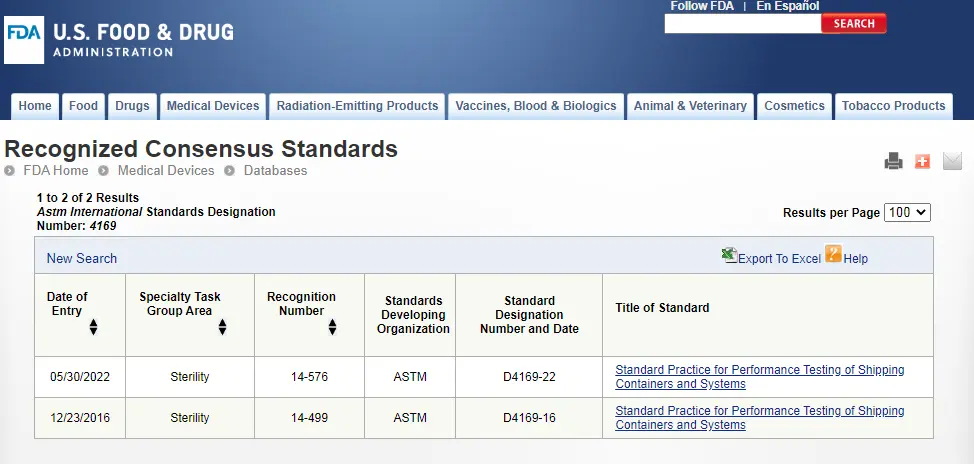 ASTM D4169 Packaging Simulation Transportation Tes
ASTM D4169 Packaging Simulation Transportation Tes
 What is ASTM D4169 Testing?
What is ASTM D4169 Testing?
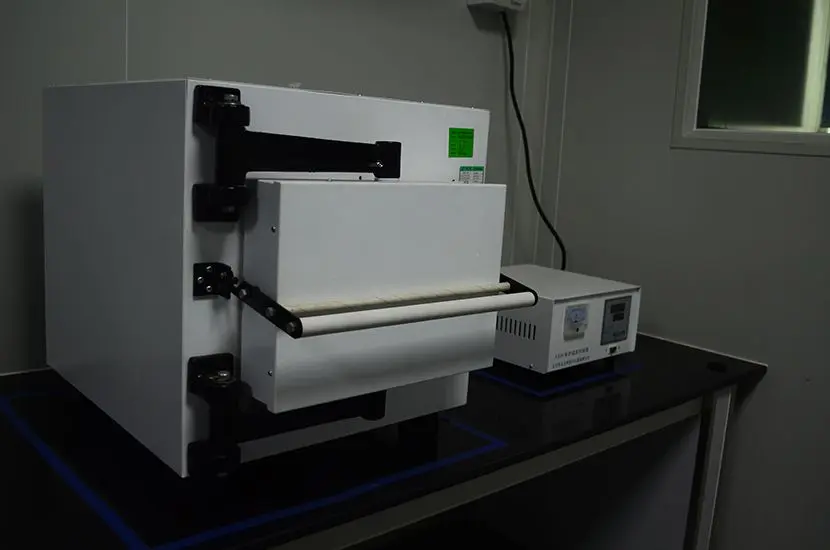 ASTM D4169-23 Test Standard Revision
ASTM D4169-23 Test Standard Revision
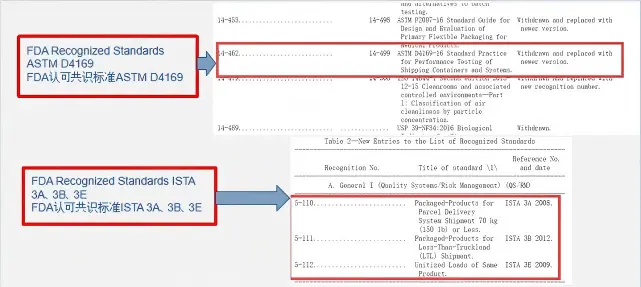 Transport Simulation Testing for Medical Device Pa
Transport Simulation Testing for Medical Device Pa
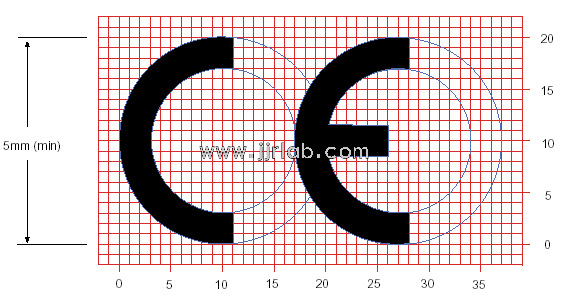 EU CE Certification Guidelines for Lighting Fixtur
EU CE Certification Guidelines for Lighting Fixtur
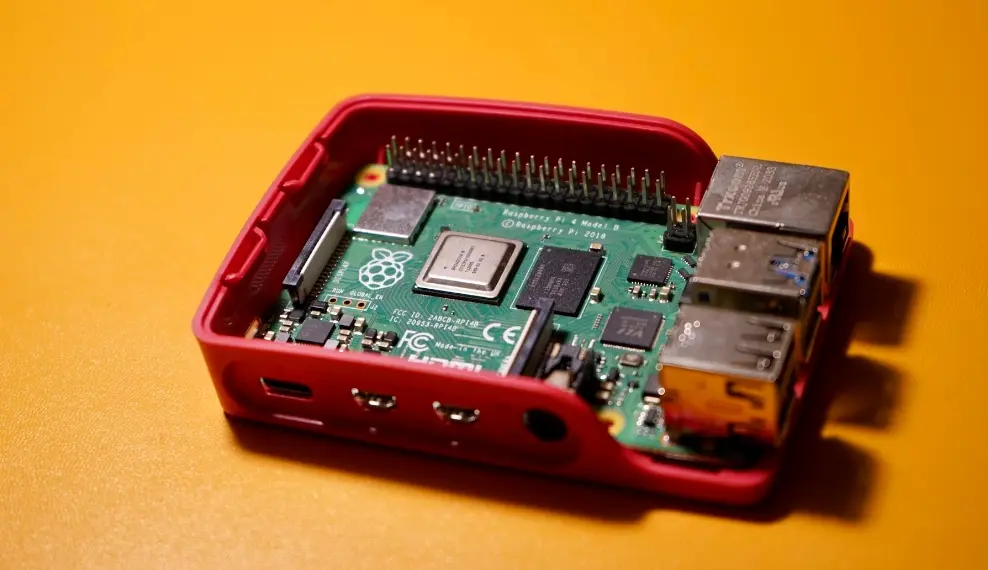 Lithium Battery Export: CB Certification & IEC
Lithium Battery Export: CB Certification & IEC
 How to Apply for One FCC Certificate for Multiple
How to Apply for One FCC Certificate for Multiple
Leave us a message
24-hour online customer service at any time to respond, so that you worry!




